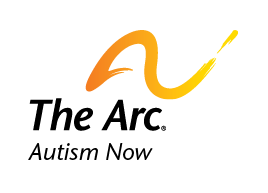To compare the status of transition planning for students with intellectual disability, autism, or other disabilities, we used data from the National Longitudinal Transition Study-2, a federally funded, national study of the secondary and postschool experiences of students with disabilities.
The authors review evidence of sleep problems’ broader impact across the range of children screened for early intervention.
The present study examined the extent of women’s knowledge about cervical and breast cancer screening, with the intention of informing the development and testing of interventions to increase cervical and breast cancer screening rates for these women.
This article explicates the concept of neurodiversity and places it within the context of autism spectrum disorders advocacy and treatments.
We investigated the extent to which employment consultants implemented job development practices recommended in the literature when assisting job seekers with intellectual or developmental disabilities.
We assessed the extent to which parents of children with autism spectrum disorder report that they are engaged in shared decision making.
We examined racial and ethnic disparities in quality of care for children with autism and other developmental disabilities and whether disparities varied for children with autism compared to children with other developmental disabilities.
Organizations are increasingly looking to convert from facility-based services for adults with developmental disabilities to individualized supports. Such conversion involves not only a change in services but a transformation of organizational culture.
The current study investigated differences in the content, number, and specificity of the special interests held by adult individuals with autism spectrum disorder and neurotypical individuals, using Internet discussion forums as a data source.
This qualitative study examines the support needs of adult siblings of people with developmental disabilities.
